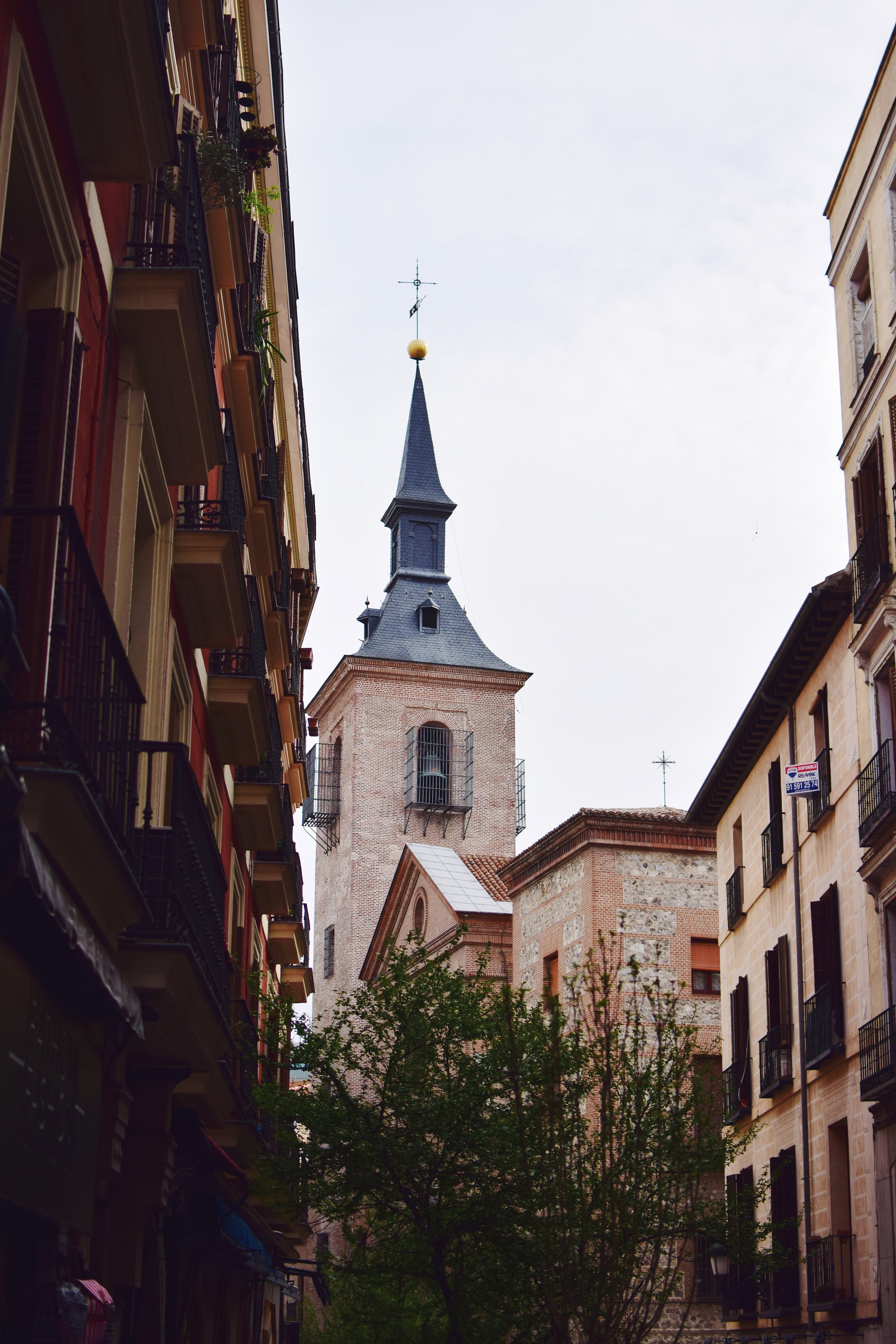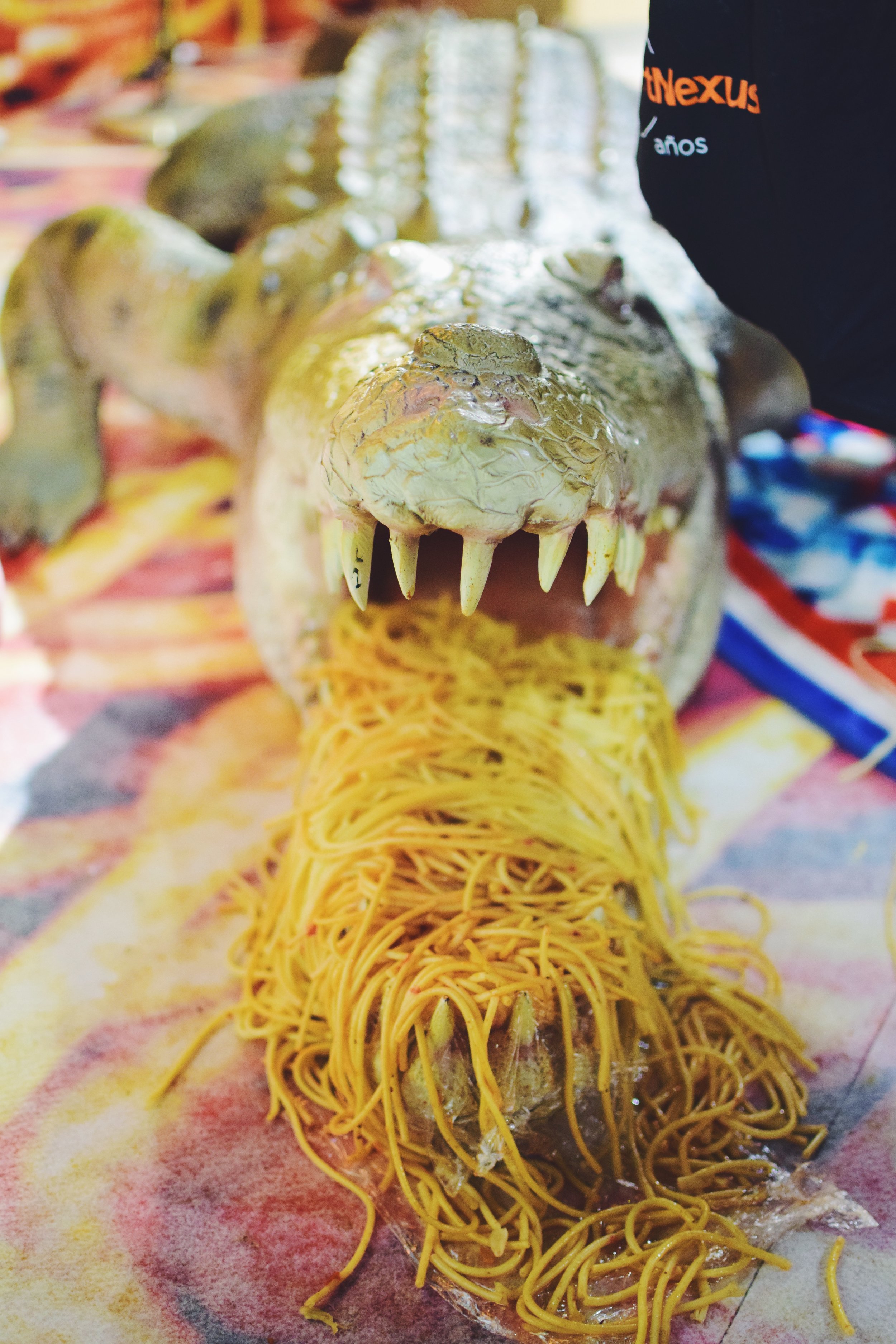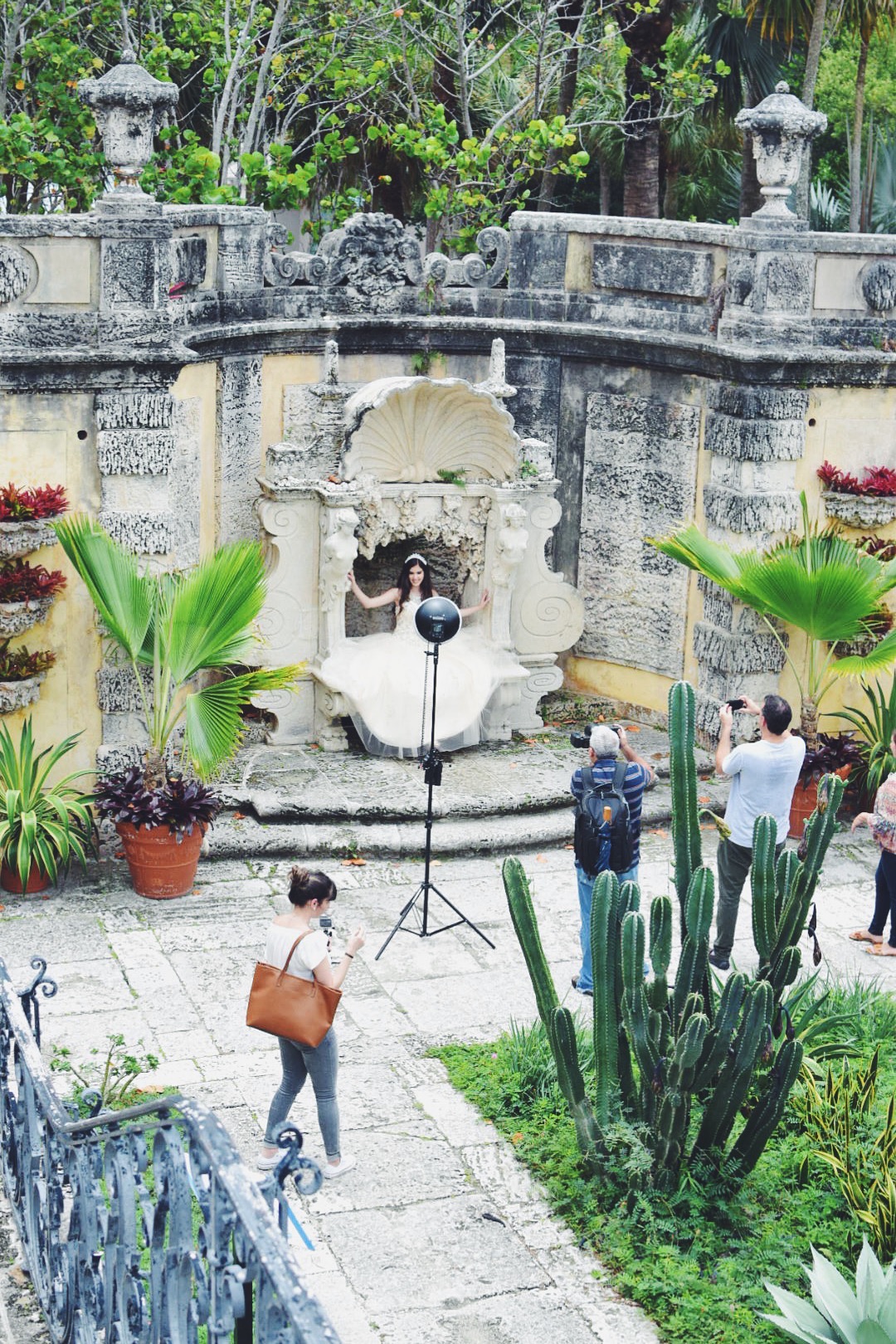Familiar Barcelona & (Too)ledo Many Shenanigans
Days two through four of this trip were split between surveying the rest of Barcelona (a hefty task for a day), commuting to Madrid, and taking time to explore Toledo.
Though I've never been to Barcelona, or Spain in general for that matter, I'm partially titling this post "familiar" because, well, it was. Kinda.
First off, I was greeted bright and early on Day two by a familiar face: Harvard pal, Cesar, who has been on a study abroad in Barcelona all semester (read: sad!). He showed me his university and we had the chance to catch up over bocadillos - which I would soon come to be addicted to, and also probably eat my weight's worth.
Post breakfast, us HAAers went to the Museu Nacional d’art de Catalunya, and truly felt one with the art...
Our next stop was also familiar, in the sense that I had learned a lot about this architect and his work back in high school: Ludwig Mies Van der Rohe - specifically his Barcelona Pavilion. A simple beauty replete with rich juxtapositions of crisp marble, lush velvet, and pristine glass - all contributing to, one might say, the liminal nature of the space.
We then spent quite some time at the Picasso Museum (no pictures permitted, so you'll just have to take my word for it) before heading to the Gothic Quarter, dining, and packing up for an early trip to Madrid the following morning.
Day three marked the day we will never forget. The day we spent seven hours in the Prado. Seven. Hours. It's the Prado, we know. It was great, no complaints there. But we hadn't quite adjusted to the drastically different dining situation, and hungry doesn't make for the best visual digestion. I will say that seeing Las Meninas in person was quite a Transformative Experience (thanks Harvard, thanks Dean Khurana), and it was quite comical to find little Infantas scattered around Madrid from there on out.
Day four, we all zonked out on the bus en route to Toledo, but perked up once we were there - or at least I did. I absolutely loved it! From the sexy sidestreets to the sprawling view, frolicking in the flowers in between, Toledo had to be one of my favorite spots.
There, we saw the Cathedral of Toledo, Mezquita del Cristo de la Luz, Santo Tormé, Santa Maria La Blanca, and El Tránsito - not without our fair share of shenanigans and group photos of course.
But, in all seriousness, the architectural views were pretty spectacular. From lush landscapes to crisp corners, each stop was full of awe and information streaming directly from our professors.
So here's to looking up at ceilings like these, and looking forward to more Spain posts - oh yes, there's more.
Xx, Maia
Barcelona Day 2:
Museu Nacional d’art de Catalunya
Ludwig Mies Van der Rohe Foundation, Barcelona Pavilion
Picasso Museum
Gothic Quarter: Cathedral, Las Ramblas
Madrid Day 3:
Descalzas Reales Convent
Prado Museum
Toledo Day 4:
Toledo Cathedral
Mezquita del Cristo de la Luz
Santo Tormé
Santa Maria La Blanca
El Tránsito


































































































































































































































































































































































